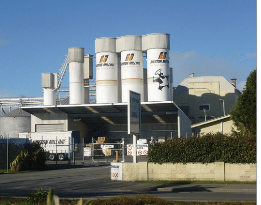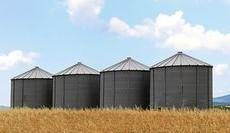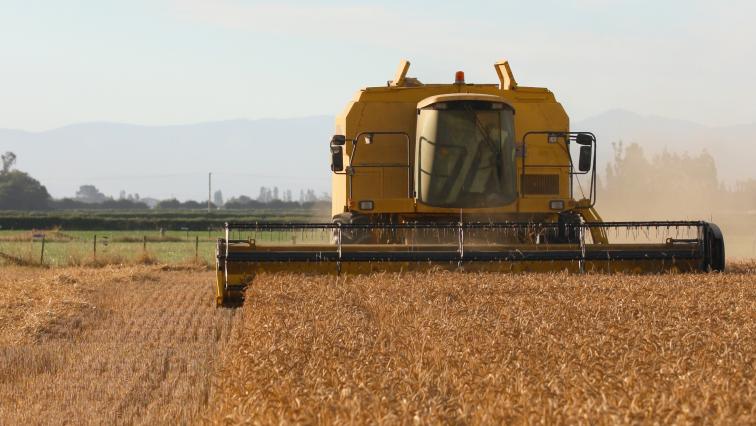Nearly all mills will have large scale storage facilities for grain on their site to ensure continuity of supply for production. This buffer stock is stored in silos prior to transfer to the mill and it is not unusual to have a month or more of storage capacity.

When wheat arrives at the mill it is essential to verify the grade of wheat and its' quality data.
Tests will be done to determine specific weight, moisture content, protein content and enzyme activity. These tests are relatively quick to do, and are used to verify the wheat against a purchase contract. Claims may be made at this stage against the supplier if agreed specifications have not been met and a revised price possibly negotiated.
The next step is to remove any impurities that may damage equipment or pose a safety risk to the plant. A coarse sieving and some form of dust aspiration is typically used to render the product operationally safe.
Large impurities may damage transport elements or machinery, and grain dust is highly explosive if certain concentrations are exposed to an ignition source.

If stored correctly, grain can be kept for years with no adverse affects on quality.
It is important to remember that grain is a living organism, and as such needs to breathe. As part of this process the grain takes in oxygen and gives out carbon dioxide and a small amount of heat. The amount of respiration increases with the moisture content of the grain. The accepted safe limit of moisture content for storage of grain is 15%.
Once above this level the rate of respiration and heat generation may result in germination as enzymes are activated in the grain. This not only renders the grain almost useless for breadmaking, but also creates hot spots in the grain which can lead to spontaneous combustion.


